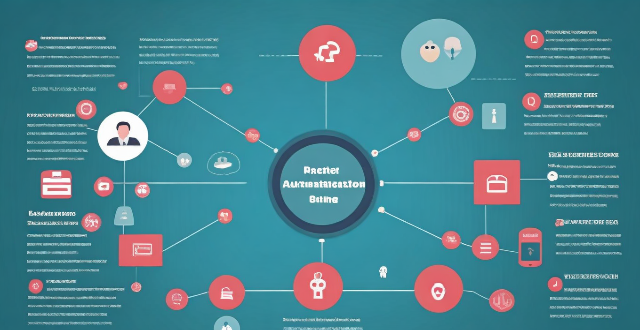Two-factor authentication (2FA) is a security process that requires two different factors to verify the user's identity, enhancing security by reducing the risk of unauthorized access, providing alerts for suspicious activities, protecting against various types of attacks, increasing user confidence in online services, and helping maintain compliance with security standards. Its implementation should be carefully planned considering both security requirements and user convenience.

Two-Factor Authentication: Enhancing Security
What is Two-Factor Authentication?
Two-factor authentication (2FA) is a security process that requires two different factors to verify the user's identity. It adds an extra layer of protection on top of the standard username and password method. The factors can be something the user knows, something the user has, or something the user is.
Factors Involved in Two-Factor Authentication:
- Something you know: A password, PIN, or secret question answer.
- Something you have: A physical device like a smartphone or a hardware token.
- Something you are: Biometric data such as fingerprints, facial recognition, or iris scans.
How Does Two-Factor Authentication Enhance Security?
1. Reduces Risk of Unauthorized Access
- By requiring a second form of identification, 2FA significantly reduces the risk of unauthorized access even if one factor (like a password) is compromised.
- An attacker would need both factors to gain access, which is much harder to achieve.
2. Provides an Alert Mechanism
- If an unauthorized attempt is made, the second factor can alert the user, allowing immediate action to prevent further attempts.
- For example, if a login attempt is made from an unknown device, the user's phone will prompt for approval, alerting the user to any suspicious activity.
3. Protects Against Phishing and Social Engineering Attacks
- Even if a user falls victim to a phishing scam and enters their credentials on a fake site, 2FA prevents the attacker from gaining full access without the second factor.
- Social engineering attacks become less effective because they typically rely on obtaining just one piece of information.
4. Increases Confidence in Online Services
- Users who know their accounts are protected by 2FA may feel more confident using online services for sensitive transactions.
- This increased trust can lead to better engagement with services and potentially more business for the service provider.
5. Compliance with Security Standards
- Many industries require multi-factor authentication to meet security standards and regulations.
- Using 2FA helps organizations maintain compliance and avoid penalties associated with non-compliance.
Implementation of Two-Factor Authentication
Choosing the Right Factors
- Decide which factors make sense for your organization or personal use based on security needs and user convenience.
- Consider the reliability and availability of each factor, ensuring minimal disruption to users.
User Education and Training
- Educate users about the importance of 2FA and how it works.
- Train them on what to do if they encounter issues with the second factor, such as loss or malfunction of their device.
Integration with Systems
- Ensure that your systems can support 2FA without causing significant delays or complexity for users.
- Work with vendors to ensure compatibility between their services and your 2FA implementation.
In conclusion, two-factor authentication significantly enhances security by reducing the risk of unauthorized access, providing alerts for suspicious activities, protecting against various types of attacks, increasing user confidence in online services, and helping maintain compliance with security standards. Its implementation should be carefully planned considering both security requirements and user convenience.